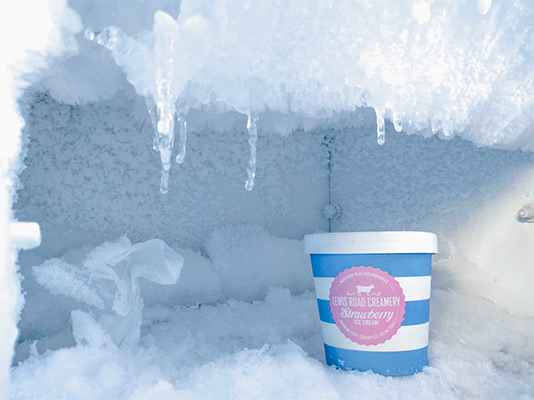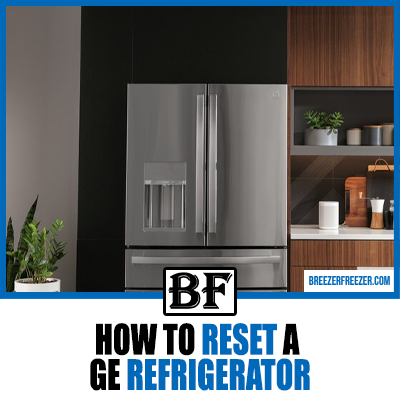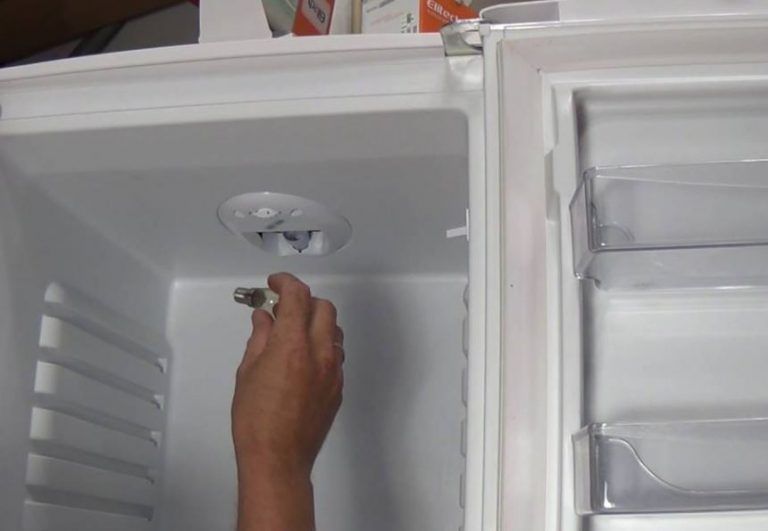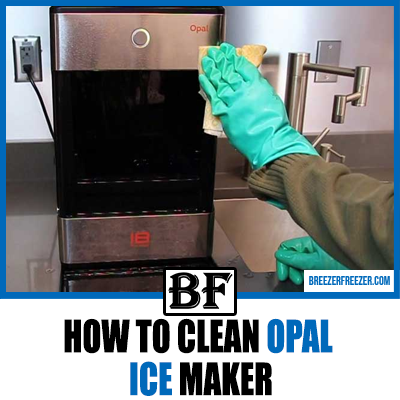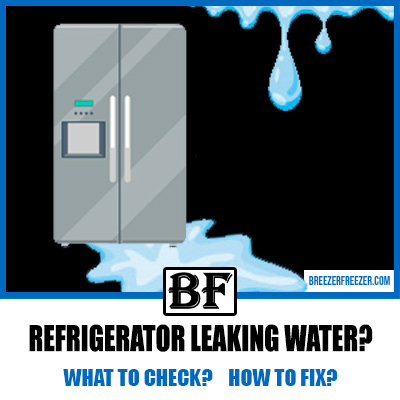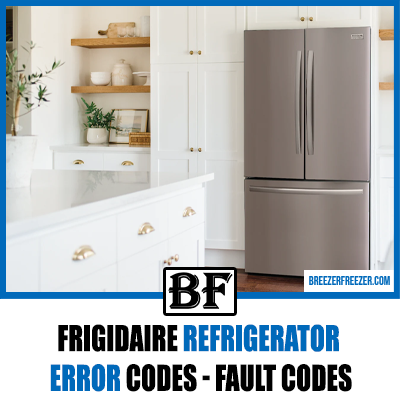What causes a new refrigerator to stop cooling?
A new refrigerator is something to get excited about. However, when you notice that it’s not doing its job and it’s stopped cooling, you will understandably start to get worried. Diagnosing a problem with new refrigerators is also a lot different from fridges at least a year old.
We’ll look into the many reasons that could be why your new fridge is not cooling.
Why is my new fridge not cooling?
The following conditions are the most likely reasons why your fridge isn’t cooling. Look into them one by one to ensure that you are not overlooking any problem.
Need to fix a popular branded fridge? Check out our specific results below:
- Galanz Fridge Not Cooling
- Waeco Fridge Not Cooling
- Engel Fridge Not Cooling
- Magic Chef Refrigerator Is Not Cooling
- Frigidaire Refrigerator Not Cooling
- Westinghouse Fridge Not Cooling
- Kenmore Refrigerator Not Cooling
- Hitachi Refrigerator Not Cooling
- Fisher And Paykel Fridge Is Not Cooling
- Haier Refrigerator Not Cooling
- Norcold Refrigerator Not Cooling
- How To Fix Samsung Refrigerator Not Cooling
- Panasonic Refrigerator Not Cooling
- The refrigerator doesn’t have power. If the lights inside turn on, then it’s receiving power, and the problem is most probably in the other components.
- The cold button is requesting cooling. Is the cold control button “on”? Is it requesting cooling? If it isn’t, this may explain why the fridge isn’t cooling.
- The compressor isn’t running. The compressor is the small black sphere you can access by removing the back panel in your refrigerator. Check if it is properly running by unplugging your fridge and sticking your hand into the back panel until you reach the ball.
- It is low on refrigerant. Is there enough refrigerant (usually freon) inside the system? This is a bit trickier to isolate as many instances may look like you are lacking freon but are just entirely different altogether.
- The evaporator fan is not running. There may be obstructions preventing it from running, or the blades may be bent and need to be replaced. This and the sixth item are the most likely reasons why your fridge is not cooling even if the compressor is running.
Unplug the refrigerator and check and clean the fan. If it’s not bent or damaged, there is no need to replace it. Spin it manually to ensure that it is not stuck. Now plug the unit back in and make sure that the evaporator fan is properly running.
- The evaporator coils are clogged. Is there frost building up between the fridge and freezer? There isn’t supposed to be any frost as the evaporator coils need to be unclogged at all times.
The frost will prevent airflow from turning the refrigerant into vapor, keeping it in its liquid state. This will, in turn, not cool your refrigerator.
Unplug the fridge and defrost it, whether manually or by using the thermostat or heater. You could also place a pan of hot water below the coils to speed up the defrosting process. Do not scrape off the frost, as this may damage the unit.
- The damper door is closed. Can you feel air coming to the fridge from the duct of the freezer? The damper door is responsible for controlling the flow of air from the freezer to the fridge. If it’s closed, this will result in not cooling.
The difficulty of replacing a damper door is variant on the kind of damper that your fridge has. If it is connected to your refrigerator’s electrical system, then a professional is the one to replace it. If this isn’t the case, you can replace it yourself with a self-contained unit.
- The light inside doesn’t turn off when you close the fridge. The reason why the bulbs turn off is to allow the cooling system to work correctly. The cooking system won’t effectively cool the unit if there is heat coming from the light bulb.
Unscrew the bulb and check if the filaments are damaged during transit. If the filaments are the culprit, simply replace it with a new bulb.
If it’s not the bulb itself, you may need to check the sockets or the door light switch.
Don’t lay your refrigerator down on its side
You should also know that your refrigerator may have been transported on its side, which is not ideal. Refrigerator companies always transport their units upright, but this isn’t the case with other retailers.
If your fridge was on its side for a long time, we suggest placing it upright and waiting for the components to settle before plugging it back in.
